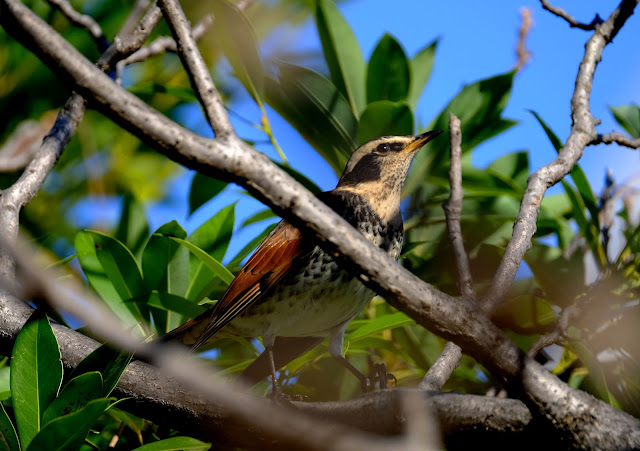It is a myna-size starling with pinkish plumage, blackish head, wings, tail and vent. Juvenile has pale sandy greyish-brown upperparts with darker wings and tail, paler underparts and yellowish bill. Rosy Starling are vagrant migrant and rarely seen in Peninsula thought there are common record sighting in Singapore as their last stop. There is sighting in Chuping Perlis as recent as December 2016. There is also regular sighting as down south to Kuala Gula. In India or Sri Lanka there are gregariously aplenty
The bird prefers open fields, shrubland and coastal bushland. They often feed insects on the ground level amongst mynas and other birds
Do you know that - In Xinjiang, China, farmers used to use insecticide to eliminate locust, which is costly and polluting. In the 1980s, experts found that rosy starlings which fly to Xinjiang farms and feed on locusts could be used for control instead. The experts begin to build artificial nests to attract rosy starlings, an effort reported to be so successful that the number of locusts was insufficient to feed the birds, causing many juveniles die for hunger. By the 2000s many Xinjiang farms greatly decreased the usage of insecticide.
My latest entry 16 January 2017. Sighting was in Pulau Indah. Five birds were seen here. This is my first time seeing the Rosy Starling in the wild. What bird luck. Thank TK Ang for the head-up!













